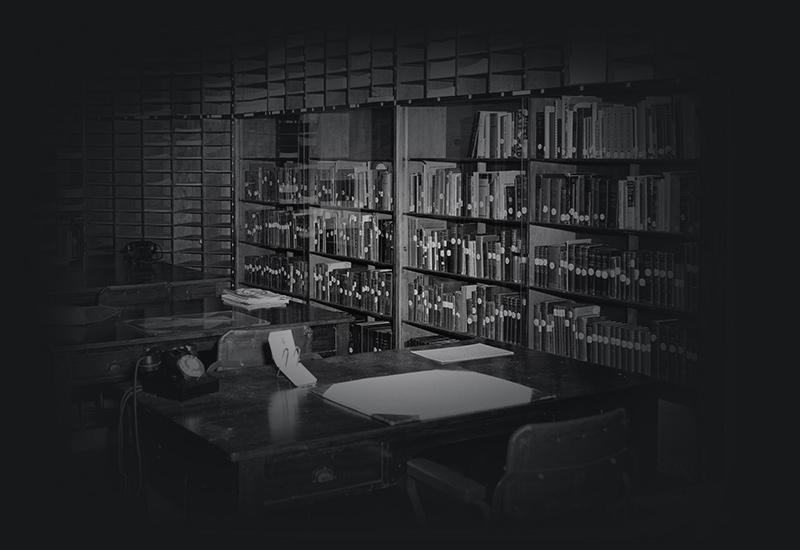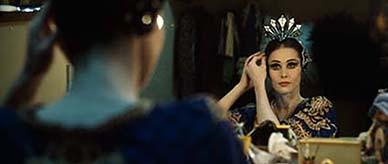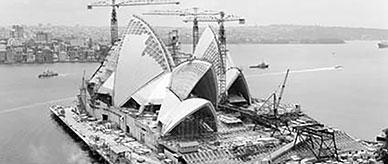


About this record
This black-and-white photograph shows the American architect and planner Walter Burley Griffin. The photograph was probably taken during his Castlecrag, New South Wales residential development period. It shows him seated at a desk, head down with architectural tool in hand, possibly working on a photograph of a house.
Educational value
- Griffin (1876–1937) is best known for his design of the city of Canberra. He won an international competition in 1912 for the design of the Australian federal capital with the drawings of the entry being done by his architect wife Marion Mahony Griffin. As a city of 75,000 residents, Canberra was to be built in a special capital territory that had been selected for the purpose, some 280 kilometres south-west of Sydney.
- In 1913 Burley Griffin was appointed Federal Capital Director of Design and Construction to oversee his plan for the city and other government projects. However, after years of effort, Griffin did not complete the construction of Canberra, frustrated as he was by political pressure to alter the nature and scope of his plans, decreased government funding for the project during World War I and the slow pace of progress. Griffin resigned from his role overseeing the construction of the capital in 1920.
- By 1928, Griffin had created a substantive body of work in Australia, particularly in Melbourne and Sydney. This included buildings such as Newman College, Café Australia and the Capitol Theatre in Melbourne, the design of the regional towns of Leeton and Griffith in New South Wales, and the urban developments of Eaglemont in Melbourne and Castlecrag in Sydney.
- Central to Griffin's architecture was the integration of design with the natural environment. This principle emerged from his work with Frank Lloyd Wright from the Prairie School of architecture in the United States. Here Griffin learnt to use the patterns and forms of nature and to make design follow function.
- The design of the Sydney suburb of Castlecrag, submitted in 1921, reflected Griffin's belief in the ideals of a democratic, communal space where houses of stone blended into the natural environment, and reserves and walkways preserved the natural landscape. Now known as the Griffin Conservation Area, Castlecrag is governed by the National Trust of Australia ensuring that the architect's vision for harmony between building and nature is retained.
- In his time as architect and planner in Australia, Griffin's visions and designs were relatively unappreciated. Since his death in India in 1937, a renewed interest in his work and architectural legacy has developed. Although not what he had originally intended, a lake was finally constructed in the centre of Canberra and named after Griffin in 1964, and his portrait featured on a stamp issued in 1963 commemorating the 50th anniversary of Canberra's naming as the national capital.
Acknowledgments
Learning resource text © Education Services Australia Limited and the National Archives of Australia 2010.
Related themes
Need help with your research?
Learn how to interpret primary sources, use our collection and more.


